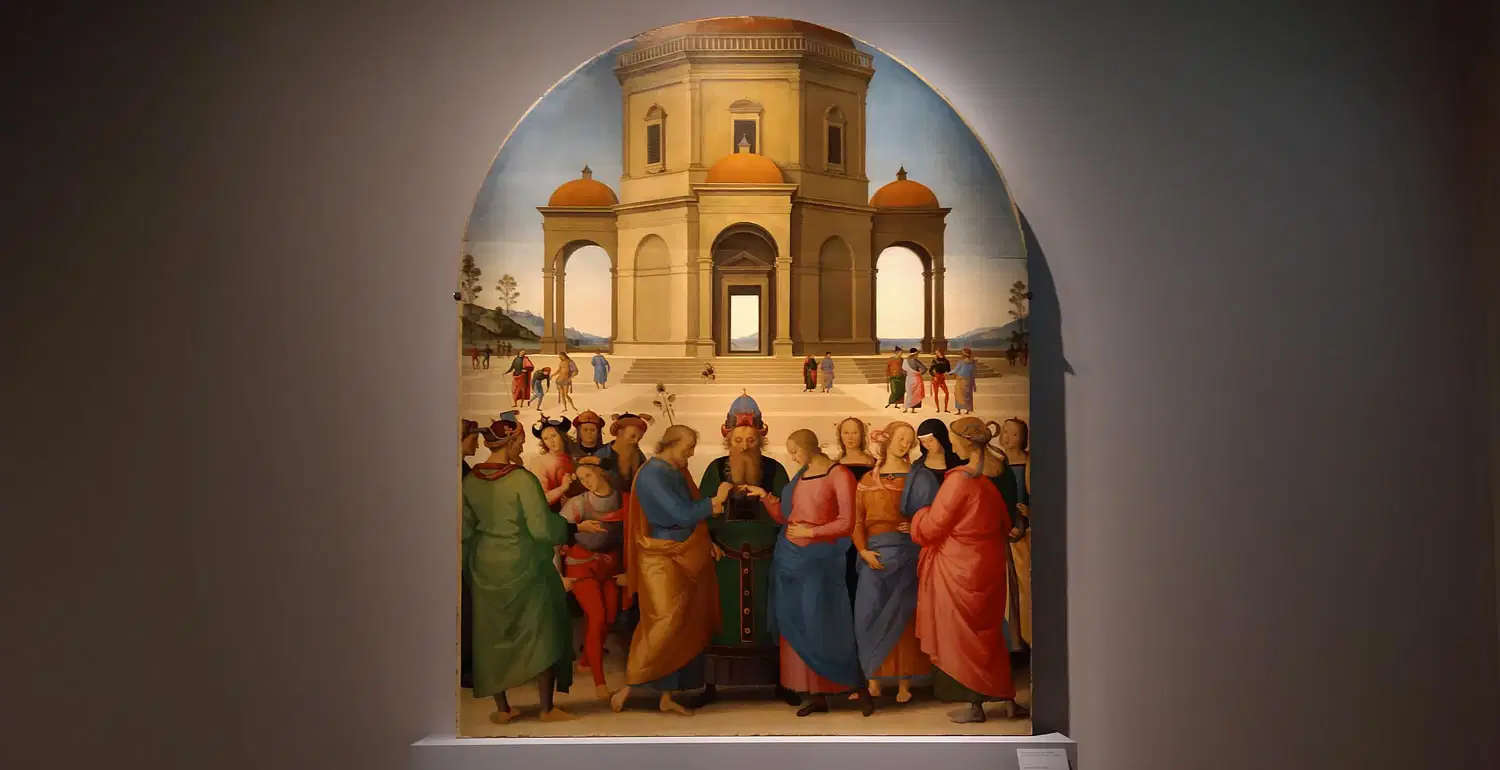Immediately a list of great exhibitions to answer those who say that there are no quality exhibitions in Italy: Moroni in Milan, Pierre Huyghe in Venice, the Pre-Raphaelites in Forlì, Toulouse-Lautrec in Rovigo, Masolino in Empoli, Pier Francesco Foschi in Florence, Hendrick ter Brugghen in Modena, El Greco in Milan, Morandi in Milan, Luca Giordano in Florence, Perugino in Perugia, Urbano VIII in Rome, Ercole de’ Roberti and Lorenzo Costa in Ferrara. That is, a dozen or so important, serious, rigorous, medium- and large-scale exhibitions that we have been able to see in Italy in the past year. And I’m certainly forgetting several of them, but never mind: I think this list is already enough to dispel the myth of an Italy where relevant exhibitions are rare exceptions, dusted off yesterday by Vincenzo Trione in a Corriere background. “Two minutes of reading,” warns the online version of the newspaper: two minutes to read a Trione who, without giving even one example, laments the alleged existence of “obvious differences between the system of exhibitions organized in Italy and the French model.” Moreover, we discover today that there would be a French exhibition model made up of reviews “planned well in advance, curated by scholars with solid experience, the outcome of years of research, rigorous and, at the same time, surprising, with paintings from important international collections.” That is, the same assumptions on which the exhibitions in the list above were based (apart from Pierre Huyghe, who does not paint and therefore did not exhibit “paintings”).
The cases then are two: either in Italy we have been following a French model for a long time without knowing it, or Trione is feeding his readers one of the many art clichés. After “aridatece la Gioconda,” after “the pyramids were built by aliens,” after “museum deposits are full of masterpieces,” after “Italy could live only on tourism,” we can safely add, to the list of the evergreens of art qualunquism, the everlasting “Italian exhibitions are worse than French ones.” For Trione, the same response we gave a few months ago to Nicola Lagioia, who produced the same remarks, applies: we refer the reader to that article to find out if exhibitions in Italy really suck so much.
What is new, assuming we can talk about novelty, is that for Trione the dichotomy seems to be between the “definitive” exhibitions, as he calls them (or “unmissable” exhibitions to use another adjective of his), and the “little monsters”, or the " ready-to-wear events“ doomed ”to be consumed in indifference,“ which ”repurpose the usual celebrities without revealing little-investigated sides, presenting works mostly from a single source.“ Which ones they are is unknown, Trione’s article does not indicate even half of them: let the reader be content with the response and, if he really wants, let him investigate for himself. But is there really a dualism between ”must-see" exhibitions and monstrosities, with nothing in between? If it is really necessary to be so rigid and admit a single division between must-see and poor projects, then perhaps it is worth asking yourself a question: in which category should the XL version of the Venus of Rags that Trione administered to Neapolitans last year be placed? Personally, I have serious difficulty considering it a definitive or must-see project. So, if that’s the case, I would say it narrows the circle.

Warning: the translation into English of the original Italian article was created using automatic tools. We undertake to review all articles, but we do not guarantee the total absence of inaccuracies in the translation due to the program. You can find the original by clicking on the ITA button. If you find any mistake,please contact us.